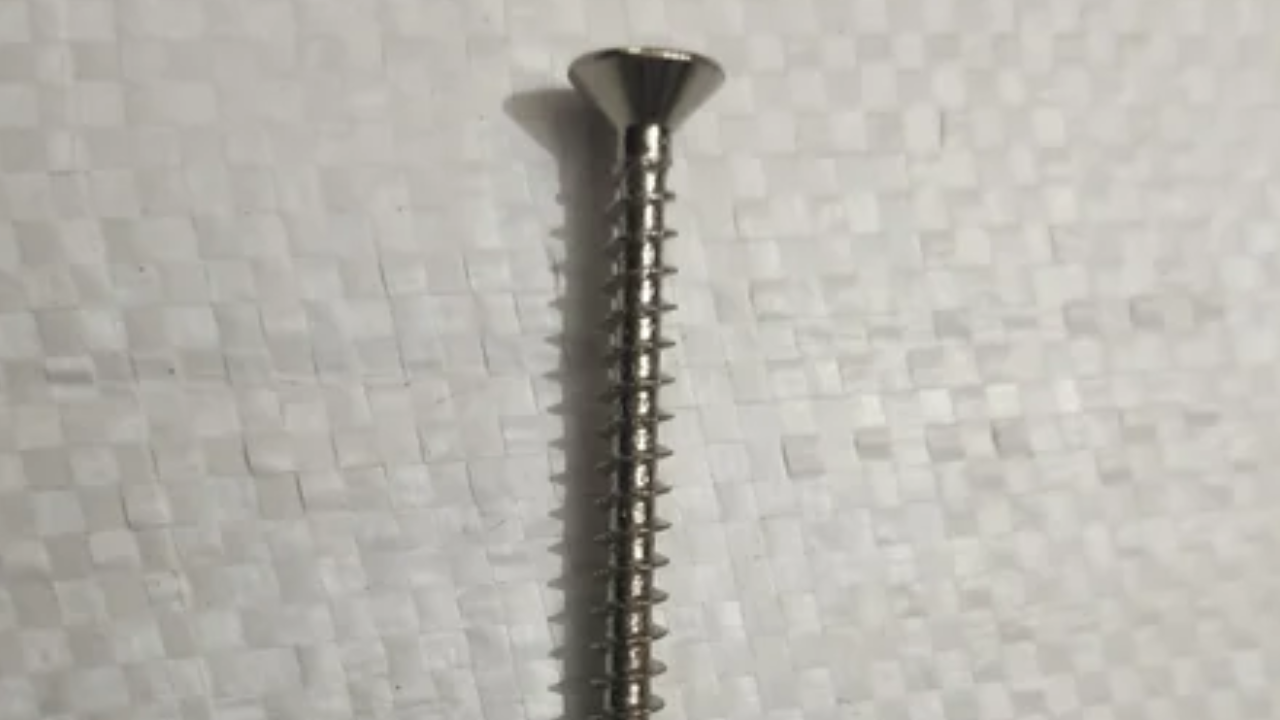Comparing stainless steel nuts to carbon steel or brass requires an intensive assessment of their properties, execution, and appropriateness for different applications. Each texture has it’s have qualities and deficiencies, and understanding these capabilities is imperative for selecting the preeminent fitting nut for a given errand.
Stainless steel nuts, carbon steel nuts, and brass nuts are all commonly utilized in different mechanical, commercial, and private applications. Be that because it may, they change basically in terms of texture composition, mechanical properties, disintegration resistance, taking a toll, and a la mode offer.
Comparative Examination of Carbon, Brass, and Stainless Steel Nuts
Stainless steel nuts are prominent for their uncommon disintegration resistance, which is one of their most basic central focuses over carbon steel and brass nuts. This resistance is due to the nearness of chromium, which shapes a defensive oxide layer on the surface of the stainless steel, anticipating rust and erosion indeed in cruel situations. This makes SS Nuts especially reasonable for applications where introduction to dampness, chemicals, or corrosive components may be a concern, such as marine situations, open-air establishments, or chemical preparing plants.
Disintegration Resistance
In separation, carbon steel nuts are commonly less erosion-safe than stainless steel nuts since they require the chromium substance crucial for forming a cautious oxide layer. Carbon steel nuts are routinely coated with zinc or other corrosion-resistant coatings to form strides in their life span, but they may still be helpless to rust and disintegrate over time, especially in high-moisture circumstances or where they are exposed to damaging chemicals.
In separation, carbon steel nuts are frequently less erosion-safe than stainless steel nuts since they require the chromium substance principal for forming a cautious oxide layer. Carbon steel nuts are frequently coated with zinc or other corrosion-resistant coatings to move forward their life span, but they may still be defenseless to rust and disintegration over time, especially in high-moisture circumstances or where they are exposed to dangerous chemicals.
Mechanical Properties
Another basic thought when comparing these materials is their mechanical properties, such as quality, hardness, and ductility. Stainless steel nuts are by and expansive more grounded and stronger than brass nuts, making them fitting for high-stress applications where mechanical quality is critical. Carbon steel nuts customarily have higher malleable quality than stainless steel nuts but may be more slanted to disintegration, especially in moist or dangerous circumstances.
Gotten Thoughts
In terms of taking a toll, stainless steel nuts are as often as possible more expensive than carbon steel nuts but may be comparable or possibly more expensive than brass nuts, depending on the audit of stainless steel and the particular application prerequisites. Be that as it may, the higher beginning bring of stainless steel nuts is as often as possible legitimized by their predominant disintegration resistance and longer advantage life, which can result in taking a toll on venture reserves over time due to lessened upkeep and substitution costs.
Stylish Offer
Stylish contemplations may also impact the choice between stainless steel, carbon steel, and brass nuts. Stainless steel nuts have a smooth and cutting-edge appearance, making them well-known choices for engineering, inside planning, and enriching applications where aesthetics are critical.
Brass nuts, with their warm brilliant tone, are esteemed for their conventional and sumptuous see, making them reasonable for furniture, lighting installations, and other enriching highlights. Carbon steel nuts, whereas not as outwardly engaging as stainless steel or brass, are regularly utilized in basic and mechanical applications where appearance is less of a concern than mechanical execution and cost-effectiveness.
Outline
Stainless steel nuts offer predominant erosion resistance, mechanical quality, and toughness compared to carbon steel and brass nuts, making them the favored choice for numerous applications, particularly those including an introduction to dampness, chemicals, or unforgiving situations. In any case, carbon steel nuts may offer higher ductile quality at a lower taken a toll, whereas brass nuts give a special stylish request. Eventually, the determination of the foremost appropriate nut fabric depends on the particular prerequisites of the application, counting natural conditions, mechanical loads, taking toll contemplation, and stylish preferences.


